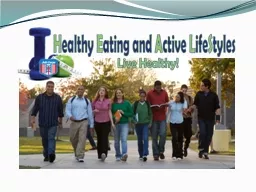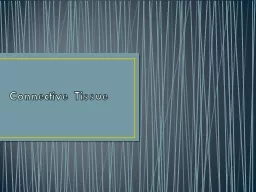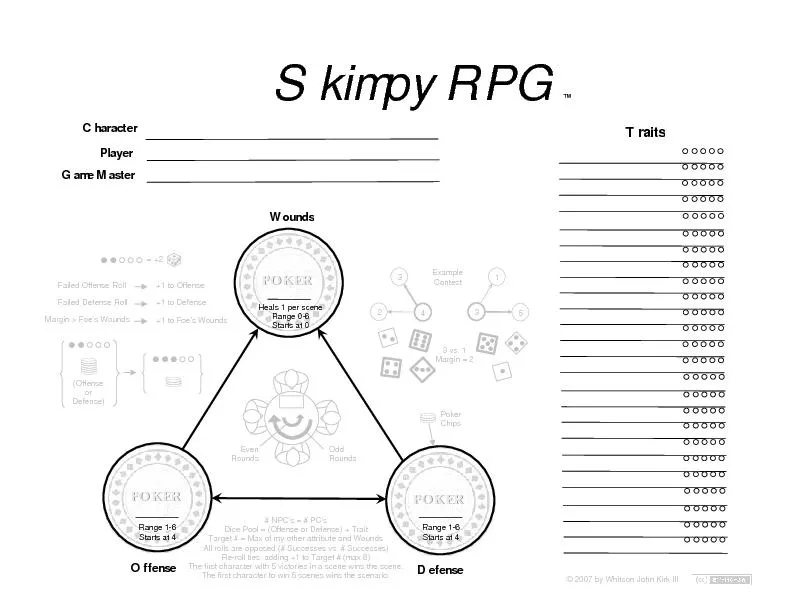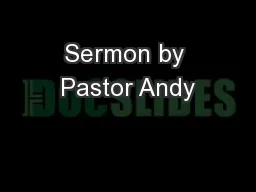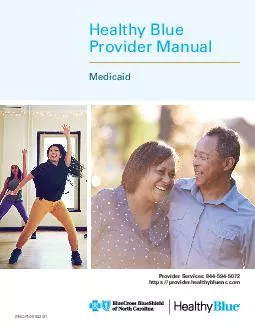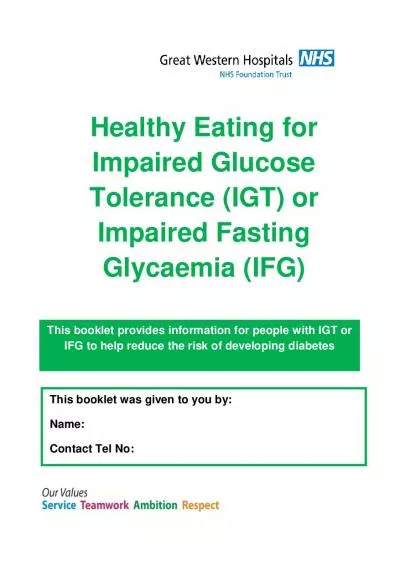PPT-What is HEALS? The H ealthy
Author : stefany-barnette | Published Date : 2018-11-02
E ating and A ctive L ife S tyles program is designed to help Job Corps students learn to live healthy active lives HEALS provides structured learning experiential
Presentation Embed Code
Download Presentation
Download Presentation The PPT/PDF document "What is HEALS? The H ealthy" is the property of its rightful owner. Permission is granted to download and print the materials on this website for personal, non-commercial use only, and to display it on your personal computer provided you do not modify the materials and that you retain all copyright notices contained in the materials. By downloading content from our website, you accept the terms of this agreement.
What is HEALS? The H ealthy: Transcript
Download Rules Of Document
"What is HEALS? The H ealthy"The content belongs to its owner. You may download and print it for personal use, without modification, and keep all copyright notices. By downloading, you agree to these terms.
Related Documents

